SOURCE: AFI
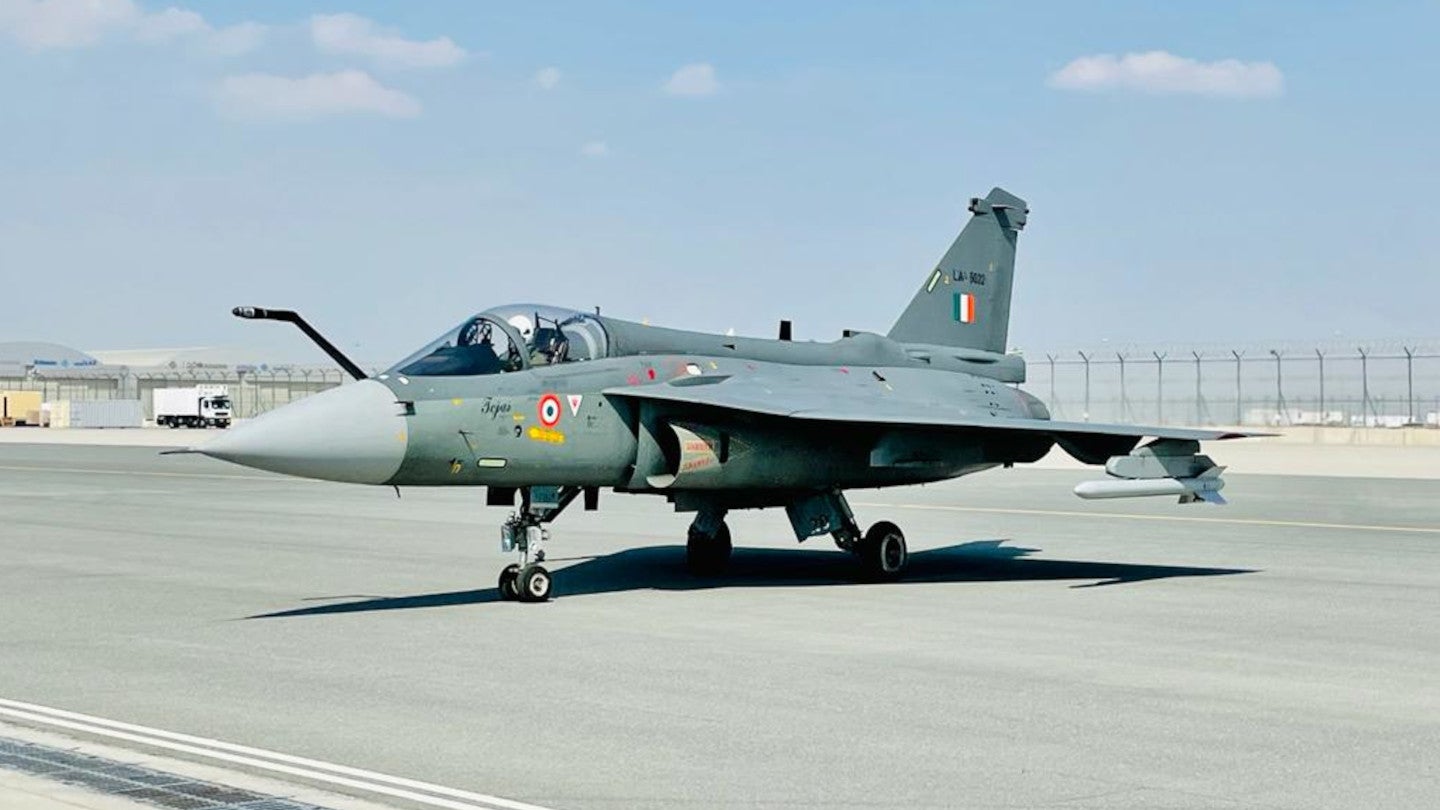

Hindustan Aeronautics Limited (HAL), India’s premier aerospace and defence company, has successfully completed the Nasik production line for the much-anticipated LCA Tejas Mk1A fighter jet. The first aircraft rollout from this facility is scheduled for March 2025 .
The third production line for the Light Combat Aircraft (LCA) was inaugurated in 2023 by Defence Secretary Giridhar Aramane at HAL’s Nashik facility. This move aimed to accelerate the production of LCA Tejas Mk1A jets, a more advanced variant of the original LCA Tejas.
Continue readingSOURCE: AFI


Bharat Electronics Limited (BEL), a leading public sector undertaking under the Ministry of Defence, has secured additional orders worth Rs. 634 Crores since its last disclosure on November 8, 2024.
These significant orders encompass a wide range of defense and civilian products and services, including:
Continue readingSOURCE: IDRW.ORG.
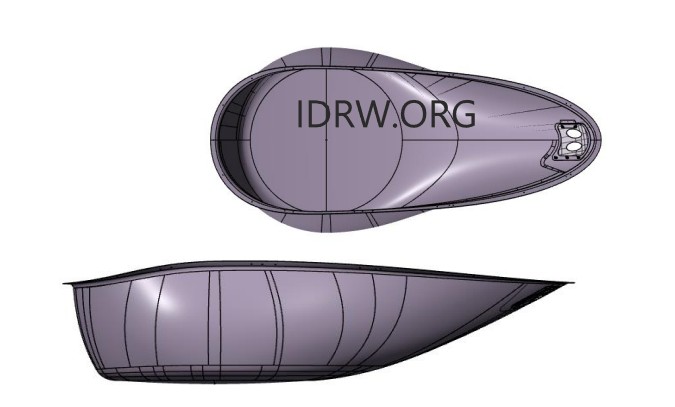

The Aeronautical Development Establishment (ADE), a key research and development arm of India’s Defence Research and Development Organisation (DRDO), continues to make significant strides in the design and development of Unmanned Aerial Vehicles (UAVs). ADE has developed various UAV platforms, including tactical UAVs, surveillance UAVs, and target drones, catering to a wide range of mission profiles with versatile payload combinations and endurance capabilities.
As part of its ongoing efforts, ADE is now focusing on the development of Multi-Function Phased Array Radar (MPAR) and Synthetic Aperture Radar (SAR) radomes for its Medium-Altitude Long-Endurance (MALE) UAV platform.
Continue readingSOURCE: IDRW.ORG.


Pune-based defense technology company Aethrone Aerospace has successfully conducted harbour trials of its aerial delivery system for 50 kg underwater autonomous targets. This milestone marks a significant advancement in integrating aerial platforms with underwater unmanned systems, showcasing the company’s ability to deliver autonomous underwater vehicles (AUVs) via airborne systems.
The trials demonstrated the system’s capability to accurately deliver 50 kg payloads designed for underwater operations. The next phase involves testing the technology with manned helicopters, a critical step toward operational readiness. Aethrone Aerospace also plans to extend this capability to shipborne unmanned aerial vehicles (UAVs), enabling the deployment of swarms of unmanned underwater vehicles (UUVs) in maritime environments.
Continue readingSOURCE: AFI
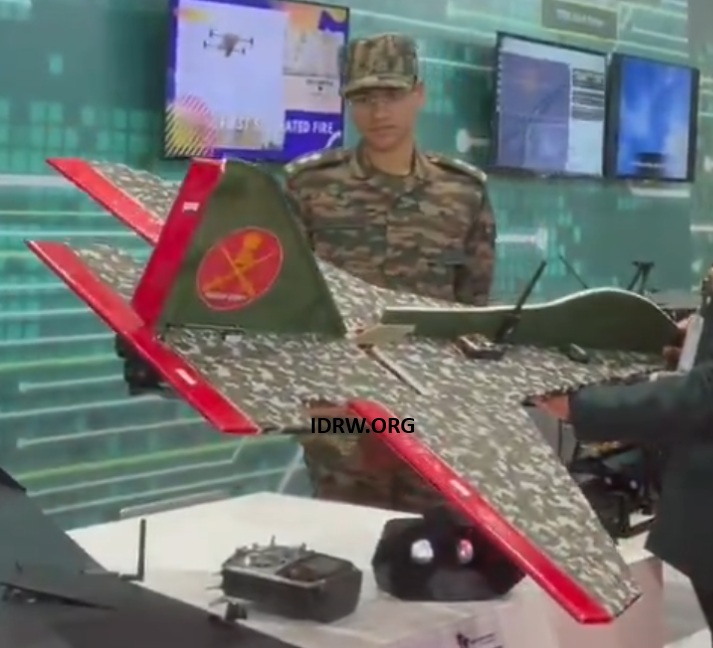

An Indian Army officer has successfully developed the KHARGA Kamikaze Drone, an innovative and cost-effective aerial system tailored for modern battlefield requirements. Priced at approximately ?30,000 per unit, this lightweight, easily fabricated drone is designed for Intelligence, Surveillance, and Reconnaissance (ISR) operations as well as precision kamikaze strikes against enemy forces.
The KHARGA Kamikaze Drone features a minimalistic design that emphasizes affordability and ease of production. Constructed from materials resembling cardboard, the drone is not only lightweight but also simple to manufacture in large quantities, making it ideal for rapid deployment during conflict scenarios.
Continue readingSOURCE: AFI
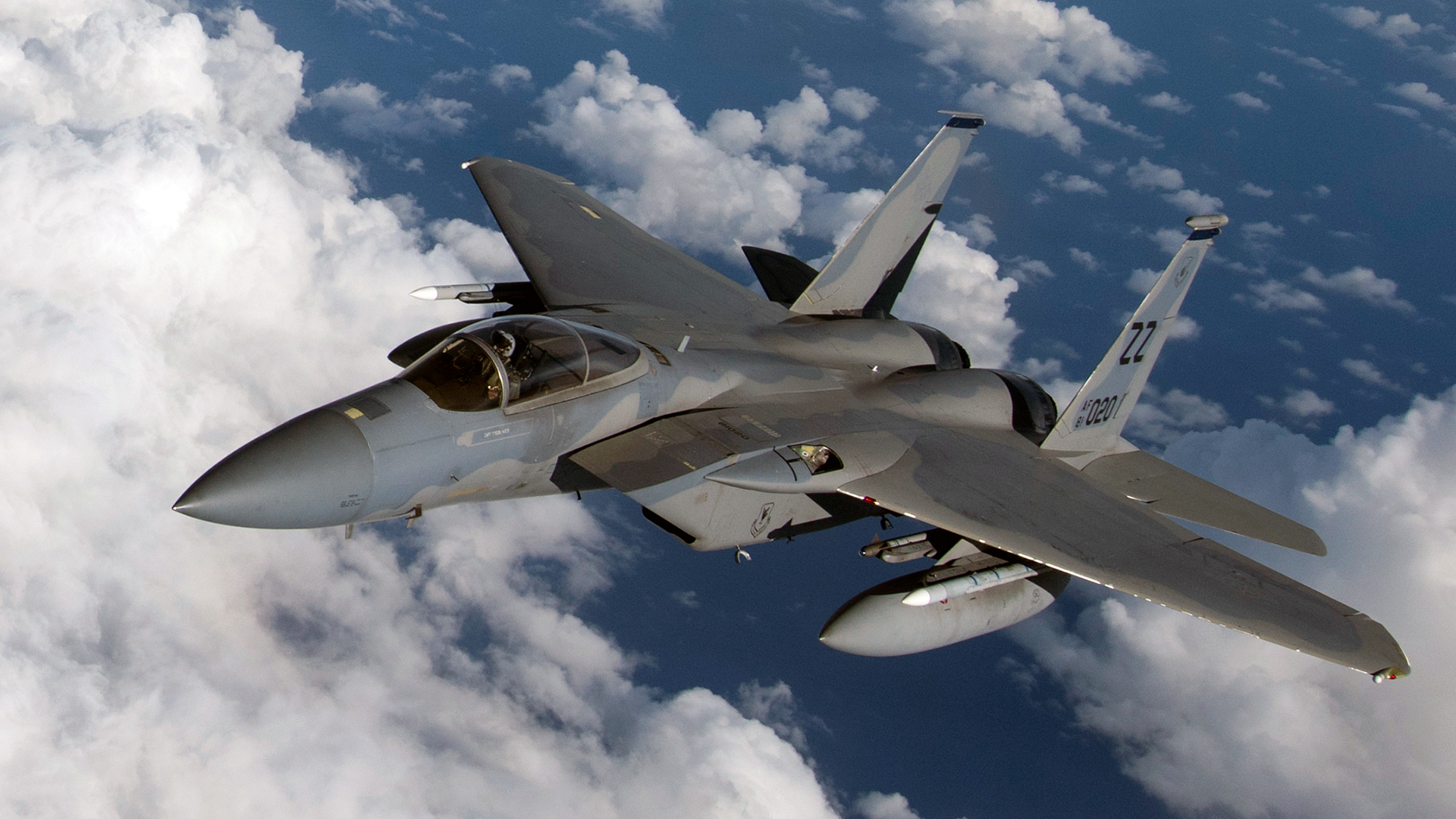

The advanced capabilities of American fighter jets such as the F-35, F-16, and F/A-18 Super Hornet make them attractive options for air forces around the world. However, the persistent rumors and concerns about the inclusion of a “kill switch” or backdoor in these jets raise critical questions about sovereignty and operational independence. For India, which values its strategic autonomy, these concerns should be carefully considered when evaluating U.S. fighters for the Indian Air Force (IAF) and Navy.
A “kill switch” refers to a feature or backdoor mechanism, often software-based, that allows the manufacturer or supplying nation to disable or degrade the performance of a weapon system remotely. While officially unacknowledged by the U.S., multiple incidents and the increasing complexity of software-reliant defense platforms have fueled speculation about its existence in American-made military equipment.
Continue readingSOURCE: AFI


India has issued a Notice to Airmen (NOTAM) for naval firing exercises scheduled to take place in the Bay of Bengal on December 18 and 19, 2024. The designated area for these operations extends up to 800 km, a range indicative of a potential missile test. Speculation points to either the BrahMos-ER (Extended Range) supersonic cruise missile or the ITCM (Indigenous Technology Cruise Missile) being tested from a naval warship for the first time.
The NOTAM outlines an 800 km range for the designated area, signaling a significant operational test involving advanced naval weaponry. The timeframe and location suggest preparations for validating the performance of critical missile systems under realistic maritime conditions.
Continue readingSOURCE: AFI


@in20im
In a development that has raised concerns over regional security, a Bangladeshi Bayraktar TB2 UAV has been spotted near the Indian state of Meghalaya, with reports indicating that the UAV is likely operating from Air Base Bashar in Dhaka. The UAV, identified by its transponder code TB2R1071, is the same drone that was previously observed near West Bengal, further intensifying regional surveillance activities.
The presence of the Bayraktar TB2 near the Indian border is part of a growing pattern of UAV deployment by Bangladesh, with the Bayraktar TB2 being a Turkish-made medium-altitude, long-endurance drone. The sighting of this drone in Meghalaya follows its previous sightings near West Bengal, as reported by AFI (Aerospace and Defence India).
Continue readingSOURCE: RAUNAK KUNDE / NEWS BEAT / IDRW.ORG
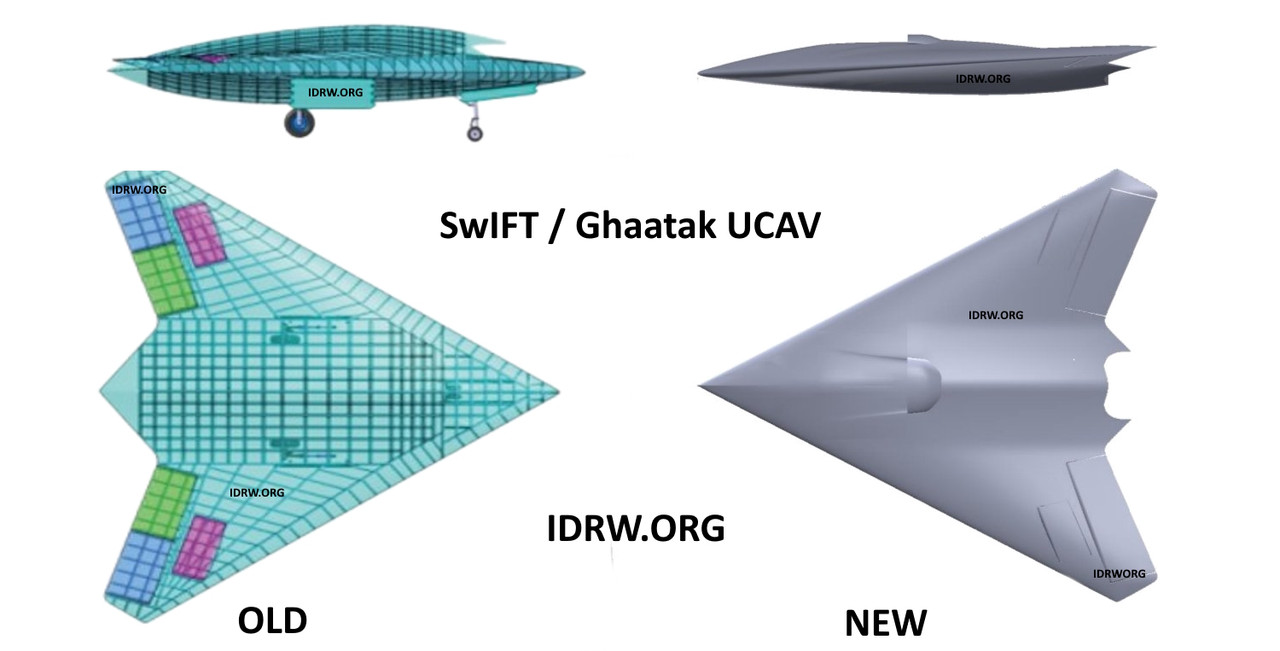

India’s ambitious Advanced Medium Combat Aircraft (AMCA) MkII, slated for operational debut around 2032-33, will be the first fighter jet to integrate an AI-operated unmanned bomber—a Heavy Unmanned Combat Aerial Vehicle (UCAV)—as part of a cutting-edge “family of systems” approach. This innovation represents a significant leap forward in both combat autonomy and aircraft-drone coordination, with the introduction of the Ghatak UCAV, a stealthy drone bomber designed for a variety of high-stakes missions.
The Ghatak UCAV, a 13-ton unmanned aircraft based on a flying-wing design, will be a key asset in the AMCA MkII’s arsenal. Designed with composite materials and stealth coatings, the Ghatak will have a reduced radar cross-section, making it difficult for enemy radars to detect. This UCAV will be able to perform multiple roles, such as Striking enemy radars, Conducting reconnaissance missions, and Acting as a mini-bomber, capable of taking out armored columns and critical enemy infrastructure.
Continue readingSOURCE: RAUNAK KUNDE / NEWS BEAT / IDRW.ORG


India’s ambitious Netra MkII Airborne Early Warning and Control System (AWACS) program, based on the Airbus A321 platform, is facing new challenges as negotiations between Airbus and India’s Ministry of Defence (MoD) hit a roadblock over the cost of converting the ex-Air India A321 aircraft. Airbus has proposed a conversion cost that is nearly twice the initial estimate set by the Indian Air Force (IAF) and the Defence Research and Development Organisation (DRDO), significantly inflating the overall program budget.
To streamline the Netra MkII program, the IAF has already acquired six Ex-Air India A321 aircraft that were initially used for commercial passenger services. These planes, now held by the Ministry of Defence, were chosen due to their availability and suitability for conversion into AWACS platforms.
Continue readingSOURCE: RAUNAK KUNDE / NEWS BEAT / IDRW.ORG


The Indian Air Force (IAF) has taken a significant step forward in its Netra Mk1A Airborne Early Warning and Control System (AWACS) program by entrusting Embraer, the Brazilian aerospace giant, to source EMB-145 regional jets for the upgraded platform. The Ministry of Defence (MoD) recently approved the IAF’s plan to enhance its AWACS capabilities by procuring additional aircraft to bolster India’s aerial surveillance and reconnaissance capabilities.
The IAF already operates three Netra Mk1 AWACS, also based on Embraer’s EMB-145 regional jets. These aircraft, however, are set to receive an advanced successor, the Netra Mk1A, featuring enhanced radar systems and surveillance capabilities. Since Embraer has ceased production of the EMB-145 jets, the IAF has turned to the Brazilian company to find suitable airframes from global operators who may be interested in reselling their fleets.
Continue readingSOURCE: AFI


The Indian Army has made significant strides in military technology with the development of the NABH AI system. This innovative system, the brainchild of Colonel Prashant Thakur, is designed to accurately identify aircraft within a matter of seconds.
The NABH AI system operates by capturing images of aircraft and feeding them into an advanced AI program. This program, trained on a vast database of aircraft models, analyzes the image and identifies the specific aircraft within 6-8 seconds.
Continue readingSOURCE: AFI


Colonel Vikas Chaturvedi, a visionary officer in the Indian Army, has spearheaded the development of the Baaz Unmanned Aerial System (UAS), a formidable weapon capable of revolutionizing modern warfare. This indigenous drone, equipped with the ability to fire rocket launchers, is a first for the Indian Army, significantly enhancing its firepower and operational capabilities.
The Baaz UAS, a versatile platform, is designed to carry a wide range of payloads, including small arms, automatic grenade launchers, mortar bombs, and explosives. This makes it suitable for various military applications, such as anti-tank operations, bunker destruction, targeting administrative areas, ammunition dumps, and command and control centers. Additionally, it can be employed in counter-insurgency and counter-terrorism operations, as well as for logistical support in forward areas.
Continue readingSOURCE: AFI
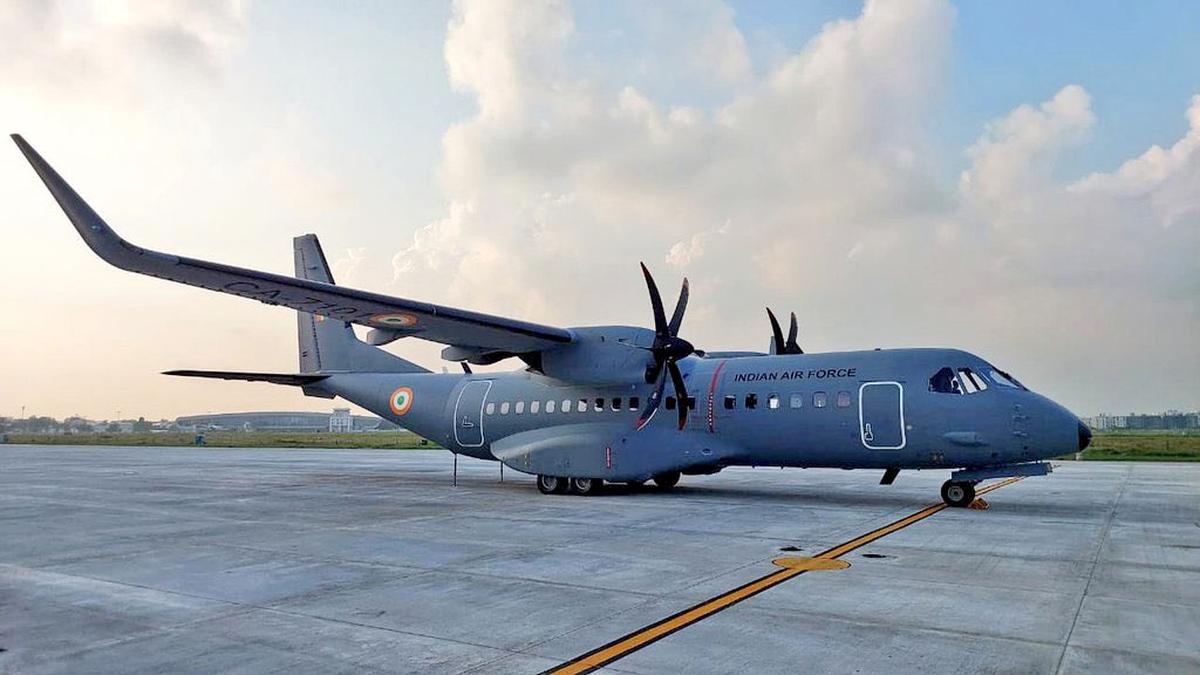

In a significant boost to India’s defence aviation capabilities, the first C-295 military aircraft to be entirely manufactured in India under the “Make in India” initiative is expected to be delivered by September 2026, with the final one slated for delivery in August 2031.
With the indigenous manufacturing process at its core, the C-295 program will not only strengthen India’s defense capabilities but also pave the way for technological advancements in India’s aerospace industry. The project will contribute to a long-term industrial partnership, involving the creation of an aircraft manufacturing facility in Gujarat, which will be developed by Tata Advanced Systems Limited (TASL), Airbus’s Indian partner for this project.
Continue readingSOURCE: AFI
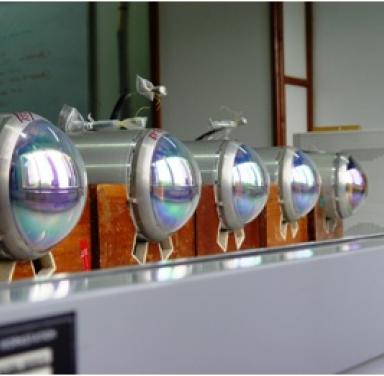

In a significant achievement under the Technology Development Fund (TDF) program, the Solid State Physics Laboratory (SSPL) and the Research Centre Imarat (RCI), in collaboration with industry partner M/s Techno Craft Industries India Ltd, have successfully demonstrated a high-performance miniature Joule-Thomson (JT) cooler. This breakthrough holds immense promise for India’s indigenous defense technology landscape, particularly in the domain of advanced infrared (IR) seeker systems.
The miniature Joule-Thomson cooler is a vital component in infrared seekers, which are essential for precision-guided munitions, including air-to-air missiles, anti-tank guided missiles, and other advanced weaponry. The cooler ensures rapid cooling of IR sensors to extremely low temperatures, enhancing their sensitivity and operational efficiency. Its compact size, high performance, and reliability make it indispensable for modern missile systems.
Continue reading